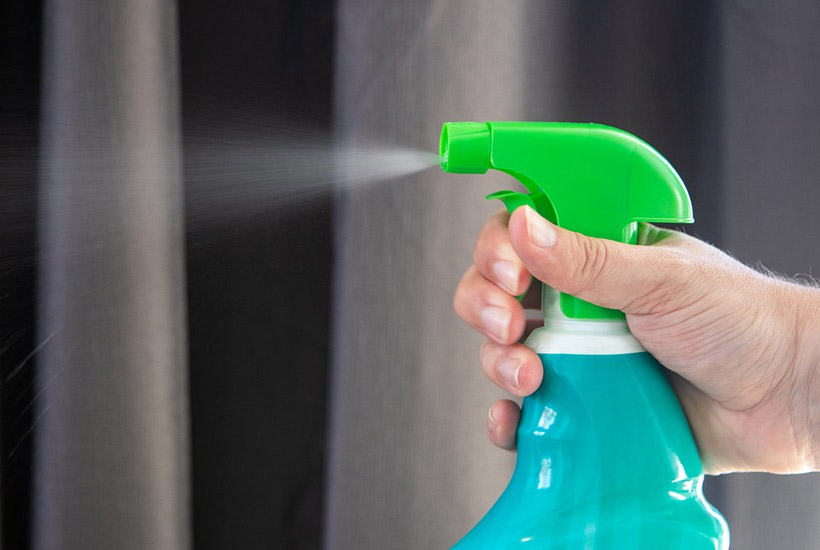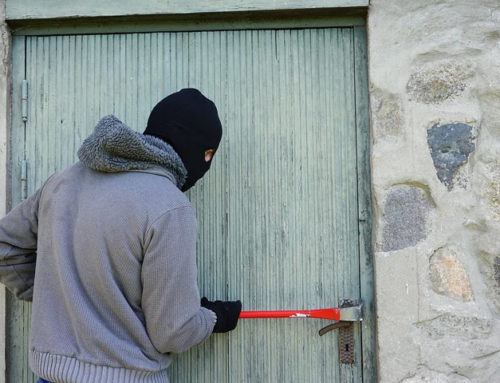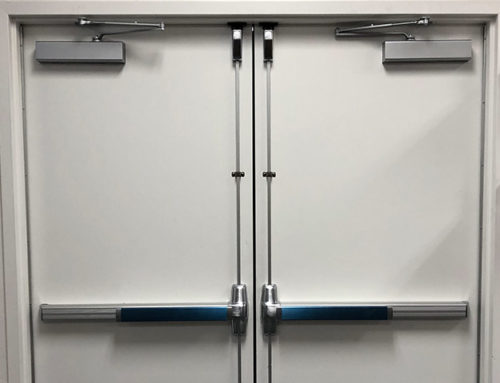In light of the Covid-19 pandemic, many of your staff and customers have likely become more aware of how many germs can be spread on surfaces, particularly surfaces that everyone has to touch. Keyless keypad door locks are one such thing. Everyone heading inside has to key in the same numbers. Disinfecting it is key to help keep your staff healthy. Here is how to safely and effectively disinfect your keypad and potentially other door hardware.
Disinfecting vs Cleaning
Cleaning and disinfecting are not quite the same thing. You can clean something with soap and water and expect it to remove dirt, debris, and some of the germs on the surface too. Instead, disinfecting is killing a large proportion of the germs on a surface. When health and safety codes tell you to disinfect, they typically will not be satisfied if you just clean a surface.
How to Disinfect Your Keypad Door Lock
Here is how you disinfect your keypad door lock.
- Choose disinfectant: Choose a disinfectant product. If you’re disinfecting for Covid-19 or a specific germ, you can check with the EPA’s list of approved disinfectants for it.
- Clean first: Removing dirt and grime will help the disinfectant work better. Clean the keypad with soap and water first. Use a wet cloth and do not spray the hardware with water or immerse it in water. Dry the keypad with another cloth.
- Apply disinfectant: Now you can use the disinfectant. Be sure to do so according to its instructions. Most require you to wait before wiping them down or to allow them to air dry entirely. The EPA guidelines sometimes demand that you leave the sanitizer to air dry to maximize the effectiveness of the disinfectant solution.
Be sure to regularly follow these steps to disinfect your keypad door lock.
Other Tips for Disinfecting
Disinfectants can be tough on the finishes on your hardware. To avoid damaging them, do not try to disinfect your hardware when it is in direct sunlight or in elevated temperatures. For your keyless keypad door lock, that may mean disinfecting it only in the early morning and late evening.
You can also make disinfecting more successful if you reduce the germ burden on the keypad itself. By providing staff what they need to clean their hands nearby, you reduce what they pass onto your door hardware. Consider the following:
- Offer hand washing supplies like soap, water, or alcohol disinfectant by the door.
- Have means for staff to dry their hands and garbage bins for their paper towels near the door.
Switch to Touchless Options
There are many reasons to switch to a touchless access control system to replace your keypad door lock. Health is one of them. When your staff don’t have to touch the door at all, they cannot spread germs through it. We offer a convenient touchless access control system called Avigilon Alta where users simply approach the door with their phone and are granted access.
Reach out to us to discuss your options for keeping your door hardware more sanitary.







